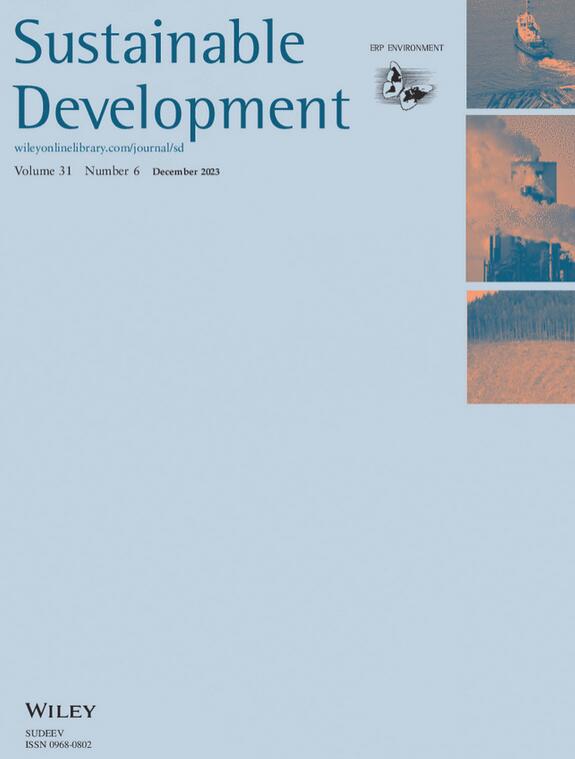中国生态保护红线优化的新框架——以环境发展冲突地区为例
IF 9.9
1区 环境科学与生态学
Q1 DEVELOPMENT STUDIES
引用次数: 0
摘要
作为促进可持续发展的一项重要战略措施,中国目前的生态保护红线存在保护区与红线边界不匹配的问题,特别是在经济发达、环境发展冲突严重的地区。本研究构建了一个内外平衡与空间置换相结合的优化框架,并以苏南地区为例,为类似地区的保护区管理提供参考。结果表明:2005 - 2015年,研究区生态用地总量呈下降趋势,减少7.55%,补充1.33%;非生态土地扩张惯性和人类活动分别是生态土地流失和生态土地补充的主要驱动力。有效地,基于贝叶斯网络的进出平衡优化模型使红线净增加了705.97 km2。与核心农业生产空间重叠面积减少9.11%,人类活动减少6.06%,生态稳定性显著增强。这一重要启示是,可以提出更有针对性的边界调整-内部控制-外部保护方案,以识别生态风险和政策冲突,从而提高保护效果。本文章由计算机程序翻译,如有差异,请以英文原文为准。
A new framework for optimizing ecological conservation redline of China: A case from an environment‐development conflict area
As an important strategic measure in promoting sustainable development, China's current ecological conservation redline has mismatches between protected areas and redline boundaries, especially in economically developed areas with high environment‐development conflicts. This study constructs a new optimization framework that integrates in‐out balance and spatial replacement and takes the southern Jiangsu of China as an example to provide a reference for managing protected areas in similar regions. Results demonstrate that total eco‐land in the study area showed a downward trend from 2005 to 2015, with a 7.55% loss and 1.33% replenishment. Non‐eco land expansion inertia and human activities are the main driving forces of ecological land loss and replenishment, respectively. Effectively, the in‐out balance optimization model based on Bayesian Network makes a net increase of 705.97 km2 in redlines. The overlapping area with core agricultural production space has decreased by 9.11%, human activity has been reduced by 6.06%, and ecological stability has been significantly enhanced. An important implication is that more targeted schemes with boundary adjustment‐internal control‐external protection solutions can be put forward to identify ecological risks and policy conflicts, thereby improving conservation effectiveness.
求助全文
通过发布文献求助,成功后即可免费获取论文全文。
去求助
来源期刊

Sustainable Development
Multiple-
CiteScore
17.30
自引率
11.20%
发文量
168
期刊介绍:
Sustainable Development is a publication that takes an interdisciplinary approach to explore and propose strategies for achieving sustainable development. Our aim is to discuss and address the challenges associated with sustainable development and the Sustainable Development Goals. All submissions are subjected to a thorough review process to ensure that our readers receive valuable and original content of the highest caliber.
 求助内容:
求助内容: 应助结果提醒方式:
应助结果提醒方式:


